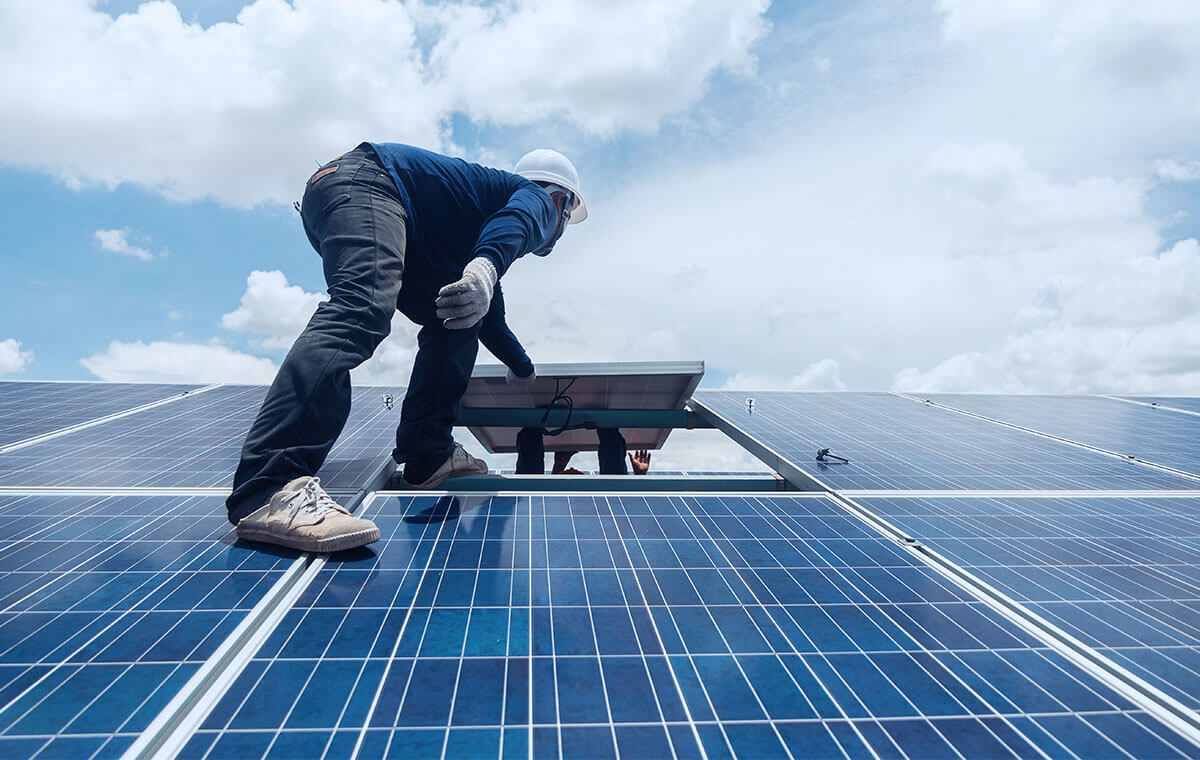In 2021, the global climate crisis is more dire than ever. And as with many business sectors, the world has grown increasingly aware of the role of sustainability in real estate.
Why should commercial real estate developers and landlords care about creating a sustainable property? Because the responsibility of reducing our global carbon footprint falls on the shoulders of the world’s largest producers, not individuals. As of 2018, buildings generate nearly 40% of the world’s annual CO2 emissions. 28% of these emissions are due to building operations, and 11% are due to building materials.
Real estate companies that develop and maintain buildings must take a hard look at their long-term sustainable building strategy. Approximately two-thirds of global buildings that exist today will still exist in 2040, and without upgrades they will continue emitting greenhouse gases at an exponential rate.
European Sustainability In Real Estate
Unsurprisingly, the real estate industry in both the U.S. and E.U. contribute greatly to the climate crisis. In fact, the commercial and residential real estate sectors consumed 29% of the total U.S. energy consumption in 2020 alone.
However, the U.S. has a lot to learn from Europe when it comes to climate initiatives and social responsibility. Across the board, the E.U. 2030 Climate and Energy Framework sets ambitious goals for the region: they seek to cut greenhouse gas emissions by 40% from their 1990 levels. As of 2019, European emissions were successfully reduced by 24%.
How did they do this? Although 25% of greenhouse gas emissions come from the built sector in the E.U., the bottom line is that combating these emissions with ambitious plans for resource-efficient properties shows promising results. European real estate developers and owners are held accountable for their contribution to the region’s carbon footprint and are expected to meet certain quotas.
In addition, European organizations understand the role that technology plays in creating sustainable real estate properties. The European Academies Science Advisory Council (EASAC), for example, recently called on policymakers to improve “access for building owners and professionals to certified data on the greenhouse gas emissions of building materials and components, and on the energy and greenhouse gas emission performance of new and renovated buildings.” This data can help building teams make key decisions when it comes to investing in environmentally-conscious materials and technologies for their developments.
Among other amendments the EASAC presented, this call for increased access to data and technology represents a key theme in the European built sector. In 2020, The European Commission noted that energy loss in current buildings can be minimized by improving them with smart solutions and energy efficient materials. They further note the importance of constructing new buildings with these same solutions in mind.
Building data harnessed through property technology can help determine energy consumption and carbon emissions. A 2020 partnership between real estate firm Hines and Dublin-based proptech company Ziggytec demonstrated that building data is a top priority for European landlords. The partnership aims to help Hines monitor energy levels and reduce carbon emissions across their entire European portfolio.
U.S. Landlords: Take Note
In the U.S., sustainable real estate practices are not only essential to the fate of our planet, but also the success of the industry. Climate change ranks number one on the list of Gen Z’s concerns, and number three for Millennials. Leading companies must reflect these interests in order to retain top talent, especially as the younger generations make up the majority of the workforce.
In the past few years, however, we’ve seen some great instances of leading real estate companies implementing sustainable change in the U.S. On a recent episode of The Let’s Go Show , Kate Shoss, SVP and Director of Marketing at Bulfinch, explained that the company’s Massachusetts property 117 Kendrick Street has been utilizing solar panels on the roof. These panels produce a million kilowatts of energy to date.
In the episode, Kate shared how Bulfinch’s commitment to green buildings goes beyond just LEED certifications: “117 is an existing building. We have impressive numbers, in terms of LEED certifications, for especially all of our new buildings and properties, but how can we integrate other sustainable options and retrofits to existing buildings that may not be as energy efficient because they were built many years ago?”
Here, Kate makes a key distinction: the industry must not stop at creating new buildings with sustainable features, but also return to existing buildings to update them.
For more information on how HqO can support your green initiatives, schedule a consultation with us today.



